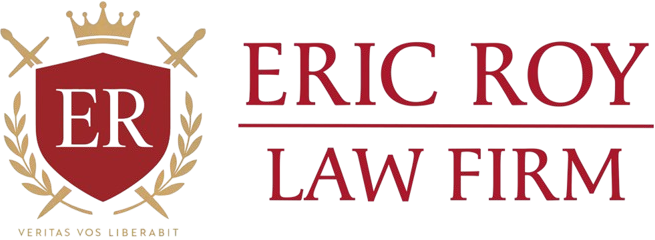Personal Injury Lawyer
As a personal injury lawyer can share, there are several components to seeking damages for personal injury cases. Victims who have suffered at the hands of a negligent party can move forward with the process by speaking with a lawyer. Once the victim has received medical treatment for injuries, they should gather as much evidence as possible. A lawyer can initiate the process by submitting a demand letter to the insurance company. Negotiations are a critical step to achieving a settlement for the victim. While most cases settle outside of the courtroom, litigation may be the appropriate next step should negotiations fail if the case is strong enough. Paperwork, negotiations, and meeting the proper time frames can be overwhelming for the victim, making assistance from an experienced lawyer key to successful outcomes.
Settlement Offers From the Insurance Company
There are several different ways a victim may receive a settlement offer. When a victim pursues damages for an accident, their attorney will initiate the process by filing a demand letter with the insurance company. Typically these letters will include the settlement request, outline details of the accident, and provide any evidence proving the negligent party is responsible. The insurance company will assign an insurance adjuster to investigate the claim once a demand letter is submitted. At some point, the adjuster assigned will contact the victim or their lawyer with questions or gather further information. If they believe negligence was present, they will likely offer a settlement to the victim. Often this is a lower than expected offer to kick off the negotiation process. However, at times, a payment from the insurance company may not come from submitting a demand letter. After an accident, the insurance adjuster may call the victim to offer a settlement. It’s essential to manage this process carefully, which is why a lawyer may be helpful. They will work closely with the victim and negotiate with insurance adjusters to retain the best settlement offer possible.
Steps When Negotiations Fail
Remember that insurance companies are looking to pay out as little as possible to the victim. Much of the time, negotiations will start on the low end, hoping that the victim will settle. However, it’s often advantageous to continue with negotiations. The majority of personal injury cases reach settlements outside of the courtroom. Typically this is the most cost-effective and efficient way for victims to receive compensation for their losses. Sometimes, when parties may not reach an agreement, a lawyer may recommend that victims pursue litigation in the form of a lawsuit. This process can be time-consuming and risky, as victims may walk away empty-handed if a favorable judgment is not received. While an experienced lawyer will likely prepare for this process should it come to fruition, it’s essential to receive guidance from counsel regarding how to move forward. In some cases, it may be more advantageous to attempt settling through negotiations if at all possible.
The Statute of Limitations
The statute of limitations is the length of time victims have to pursue legal action against the responsible party. Typically this timeframe starts upon the date of the injury or the date injuries were discovered. While the statute of limitations varies depending on the state where the accident happened, the average statute of limitations is 2-3 years. Once this timeframe closes, the ability to seek damages is no longer available. It’s important to note a few exceptions, such as cases involving minors, mental incompetence, or defendants evading legal action.

